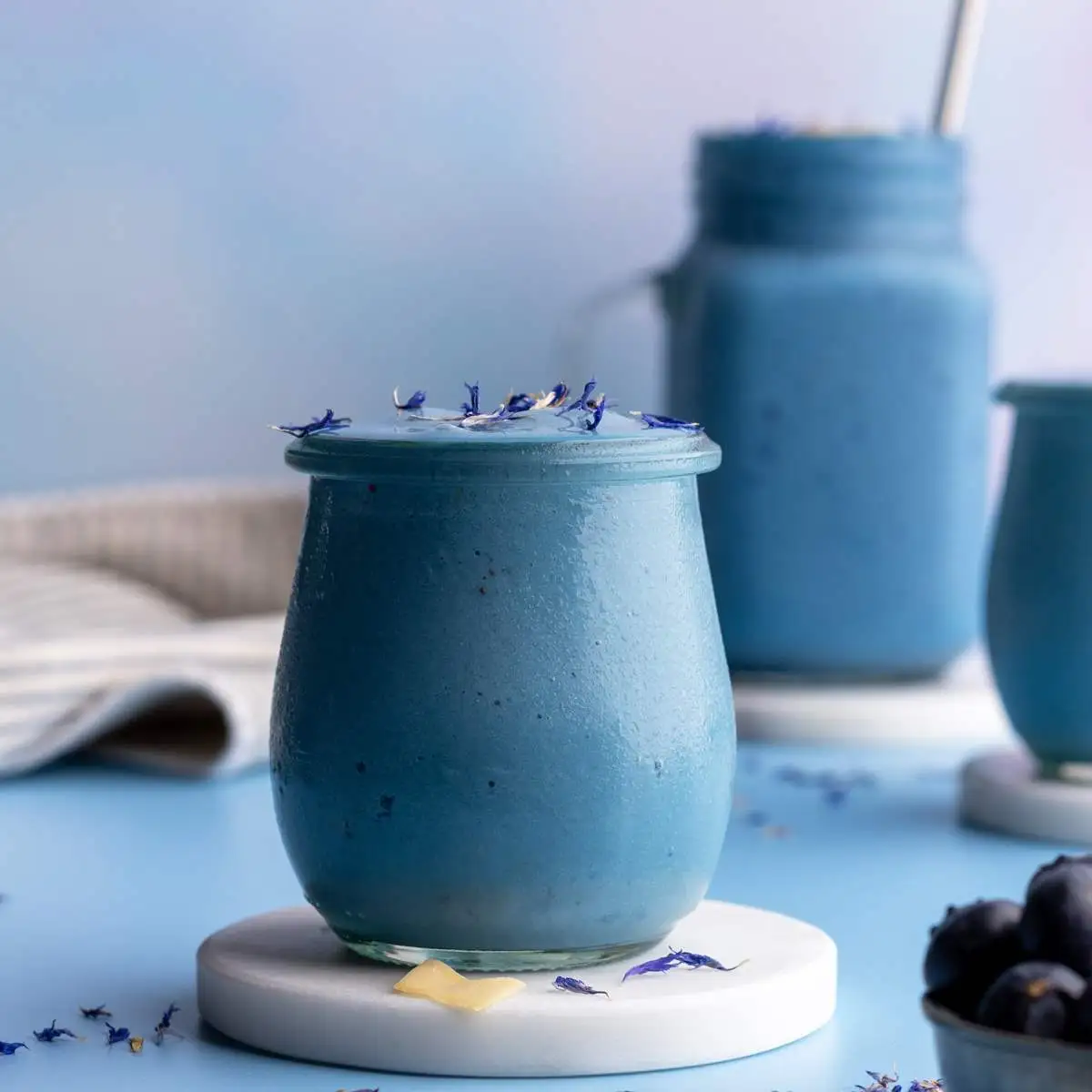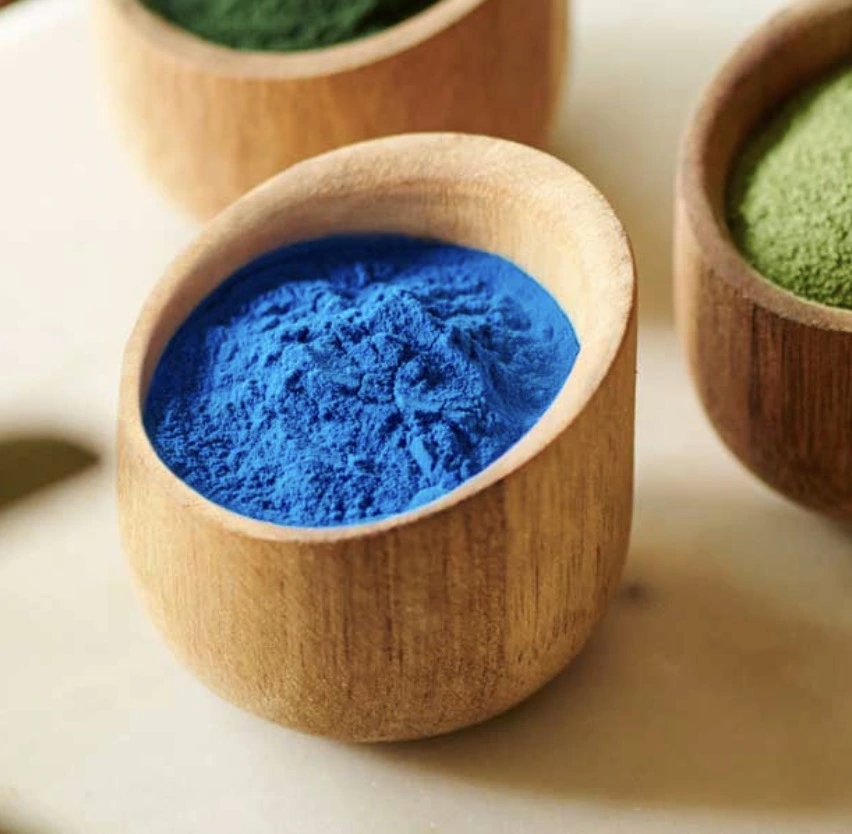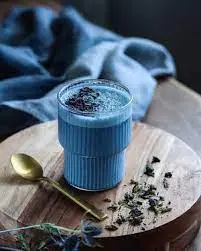Should astaxanthin be taken with food?
Astaxanthin, a powerful antioxidant from the carotenoid family, has gained popularity for its potential health benefits. As more people incorporate this supplement into their routines, a common question arises: Should astaxanthin be taken with food? This article delves into the optimal ways to consume astaxanthin for maximum absorption and effectiveness.
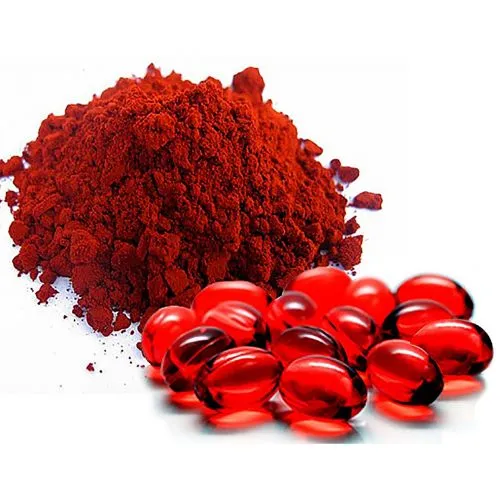
Best Time to Take Astaxanthin for Maximum Absorption
Understanding when to take astaxanthin can significantly impact its absorption and efficacy. Let's explore the ideal timing for consuming this potent antioxidant.
With Meals: The Optimal Choice
Research indicates that the most effective way to take astaxanthin is with meals. As a fat-soluble antioxidant, it requires the presence of dietary fats for proper absorption. Taking product with a meal that includes healthy fats significantly boosts its bioavailability. This means your body can absorb and use more of the compound, maximizing its potential benefits. To ensure optimal results, pair astaxanthin with foods rich in good fats, such as avocados, nuts, seeds, or olive oil.
Morning vs. Evening: Timing Considerations
Although the time of day is less important than taking astaxanthin with food, many people choose to take it in the morning with breakfast. This timing may complement the body’s natural circadian rhythm and provide an early antioxidant boost. However, if your dinner includes more healthy fats, taking it in the evening can be just as effective. The key is to pair it with a meal rich in good fats to enhance absorption and maximize its health benefits, regardless of the time of day.
Consistency is Key
Whether you take astaxanthin in the morning or evening, consistency is key to maintaining stable levels in your body. Sticking to a regular schedule—such as taking it with breakfast each day—can make it easier to remember and support long-term effectiveness. Creating a daily habit not only ensures you don’t miss a dose but also helps your body consistently benefit from this powerful antioxidant over time, enhancing its overall impact on your health.
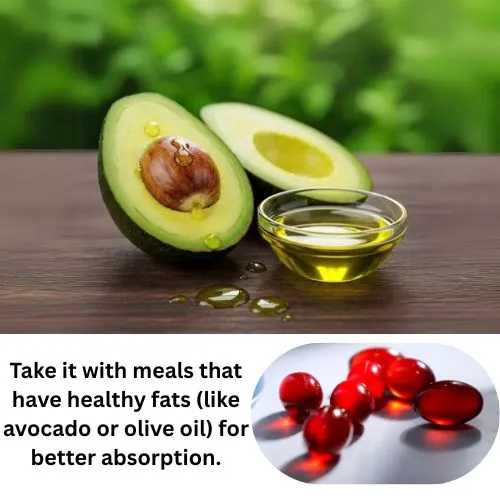
Foods That Boost Astaxanthin Absorption Naturally
Certain foods can enhance the absorption of astaxanthin when consumed together. Let's explore some dietary choices that can maximize the benefits of your astaxanthin supplement.
Omega-3 Rich Foods
Foods rich in omega-3 fatty acids make ideal companions for astaxanthin. Fatty fish such as salmon, mackerel, and sardines are especially effective, as they not only contain natural product but also provide the healthy fats needed to boost absorption of supplements. For those following a plant-based diet, options like chia seeds, flaxseeds, and walnuts offer valuable omega-3s that can support astaxanthin uptake. Pairing product with these nutrient-dense foods enhances its effectiveness and overall health benefits.
Healthy Oils and Fats
Adding healthy oils and fats to your diet can greatly enhance the absorption of astaxanthin. Oils like extra virgin olive oil, avocado oil, and coconut oil are excellent options. They not only improve the body’s ability to absorb this fat-soluble antioxidant but also contribute their own health-promoting properties. When combined with astaxanthin, these oils create a synergistic effect, amplifying the overall benefits. Including them in your meals is a simple and effective way to support optimal absorption and wellness.
Antioxidant-Rich Fruits and Vegetables
Although they don't directly affect absorption, pairing astaxanthin with other antioxidant-rich foods can create a powerful synergistic effect. Foods like berries, leafy greens, and colorful vegetables such as bell peppers and tomatoes can complement astaxanthin’s antioxidant properties. Together, these nutrients may enhance the body’s defense against oxidative stress and support overall health. Including a variety of vibrant, nutrient-dense plant foods alongside it can help maximize its benefits and contribute to a more balanced, health-promoting diet.
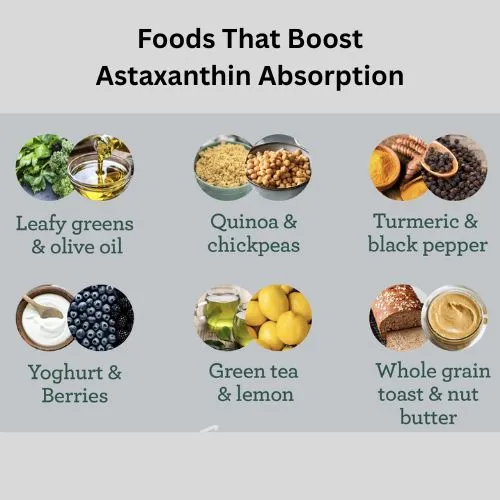
Fat-Soluble Supplements: How Astaxanthin Works?
Understanding the fat-soluble nature of astaxanthin is crucial for maximizing its benefits. Let's delve into how this characteristic influences its absorption and utilization in the body.
The Role of Dietary Fats
As a fat-soluble compound, astaxanthin requires the presence of fats for efficient absorption in the digestive tract. When consumed with dietary fats, it is emulsified and incorporated into mixed micelles, which are then absorbed through the intestinal lining. This process allows the body to effectively utilize the antioxidant properties of astaxanthin.
Absorption Mechanism
Once absorbed, astaxanthin is transported through the lymphatic system and eventually enters the bloodstream. From there, it can be distributed to various tissues throughout the body, including the skin, muscles, and organs. The fat-soluble nature of product allows it to accumulate in cell membranes, where it can exert its protective antioxidant effects.
Bioavailability Considerations
The bioavailability of astaxanthin can vary depending on the formulation and how it's consumed. Some studies suggest that consuming astaxanthin with a meal containing at least 3 grams of fat can significantly increase its absorption. Additionally, certain formulations, such as those using lipid-based delivery systems, may enhance bioavailability even further.
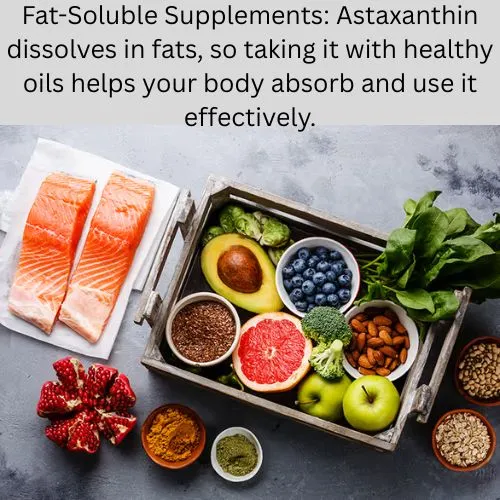
Conclusion
In conclusion, taking astaxanthin with food, particularly meals containing healthy fats, is the optimal way to enhance its absorption and maximize its potential benefits. By understanding the fat-soluble nature of product and incorporating it into a balanced diet rich in omega-3s and antioxidants, you can make the most of this powerful supplement.
For high-quality astaxanthin powder supplier and expert advice on incorporating this potent antioxidant into your health regimen, contact Yangge Biotech Co., Ltd. at info@yanggebiotech.com. Our team is dedicated to providing premium natural plant extracts and innovative solutions for your health and wellness needs.
FAQ
Q: Can we get some samples to test before purchasing?
A: Of course, we can provide free samples of 20 to 100 grams, but the shipping cost is at the customer's expense. The shipping cost can be deducted from the next order, or the samples can be sent through your courier account.
Q: Do your products have relevant certifications?
A: Yes, our products are certified for HALAL, ISO, HACCP, Kosher, and other certifications.
Q: What is the minimum order quantity (MOQ)?
A: Small batches of samples can be customized according to your requirements.
Q: Do you offer OEM and ODM services? Can the formula be customized based on our own?
A: Of course, we provide ODM and OEM services to many customers. Our product range includes softgels, capsules, tablets, sachets, granules, and private label services. Simply contact us and let us know your requirements. Our experienced R&D team can also develop new products with specific formulas.
Please contact us to design your own branded products.
Q: How do you handle quality complaints?
A: First, we have a comprehensive quality control SOP. We provide authoritative third-party inspection reports for almost all products before shipment to minimize the possibility of quality issues. Second, we have a comprehensive return and exchange procedure. If there is a genuine quality dispute, we will strictly follow the SOP.
Q: How do you ship? How long does delivery take?
A: For small orders, we typically use DHL, UPS, EMS, FedEx, or TNT. Delivery typically takes 3-7 days. We also offer air and sea freight services. We have a strong freight forwarding team and can provide you with a one-stop service, including DDP and DDU.
Q: What are your payment terms?
A: 100% prepayment, payable by T/T, Western Union, MoneyGram, or PayPal.
Q: What is the shelf life of your products?
A: 2 years with proper storage.
Q: Is the packaging environmentally friendly?
A: We attach great importance to environmental protection and are constantly improving our product packaging. Some products are packaged in recyclable paper. Packaging materials are carefully selected to ensure product safety during transportation and storage, and to minimize environmental impact. We are committed to achieving a balance between environmental friendliness and practicality in our product packaging, and to contributing to sustainable development.
References
1. Johnson, E. J., & Schaefer, E. J. (2019). Potential role of dietary n-3 fatty acids in the prevention of dementia and macular degeneration. The American Journal of Clinical Nutrition, 71(1), 397S-402S.
2. Ambati, R. R., Phang, S. M., Ravi, S., & Aswathanarayana, R. G. (2014). Astaxanthin: Sources, extraction, stability, biological activities and its commercial applications—A review. Marine Drugs, 12(1), 128-152.
3. Kidd, P. (2011). Astaxanthin, cell membrane nutrient with diverse clinical benefits and anti-aging potential. Alternative Medicine Review, 16(4), 355-364.
4. Coral-Hinostroza, G. N., Ytrestøyl, T., Ruyter, B., & Bjerkeng, B. (2004). Plasma appearance of unesterified astaxanthin geometrical E/Z and optical R/S isomers in men given single doses of a mixture of optical 3 and 3'R/S isomers of astaxanthin fatty acyl diesters. Comparative Biochemistry and Physiology Part C: Toxicology & Pharmacology, 139(1-3), 99-110.
5. Odeberg, J. M., Lignell, Å., Pettersson, A., & Höglund, P. (2003). Oral bioavailability of the antioxidant astaxanthin in humans is enhanced by incorporation of lipid based formulations. European Journal of Pharmaceutical Sciences, 19(4), 299-304.

Based on your location and order quantity, you will have the opportunity to receive a limited time free shipping promotion!
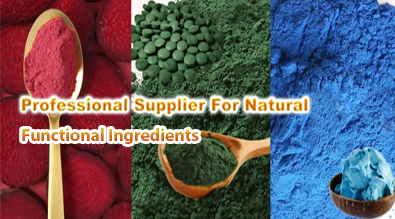
Who we are
